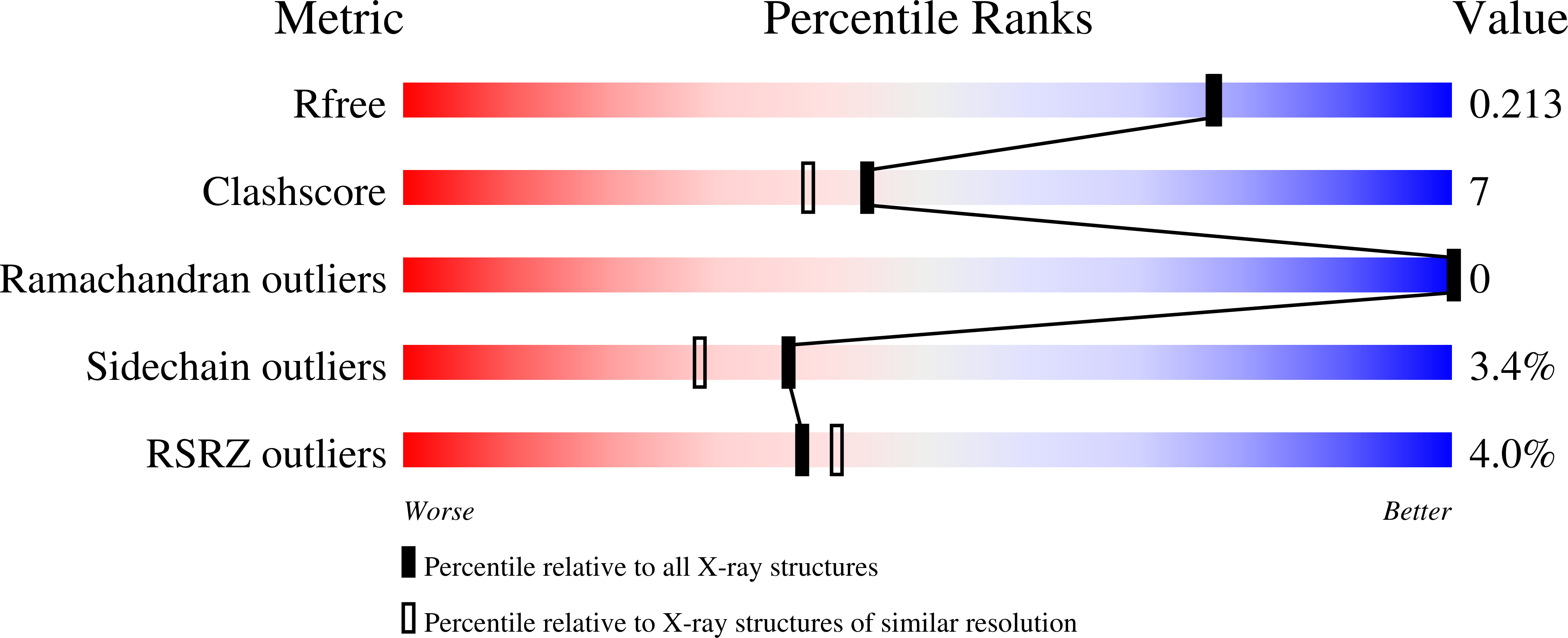
Deposition Date
2004-12-31
Release Date
2005-02-15
Last Version Date
2023-08-23
Entry Detail
PDB ID:
1YFD
Keywords:
Title:
Crystal structure of the Y122H mutant of ribonucleotide reductase R2 protein from E. coli
Biological Source:
Source Organism:
Escherichia coli (Taxon ID: 562)
Host Organism:
Method Details:
Experimental Method:
Resolution:
1.90 Å
R-Value Free:
0.20
R-Value Work:
0.17
R-Value Observed:
0.17
Space Group:
P 21 21 21


